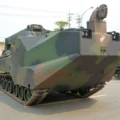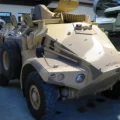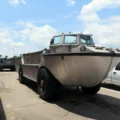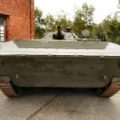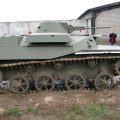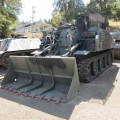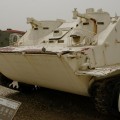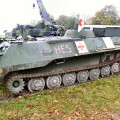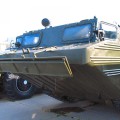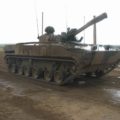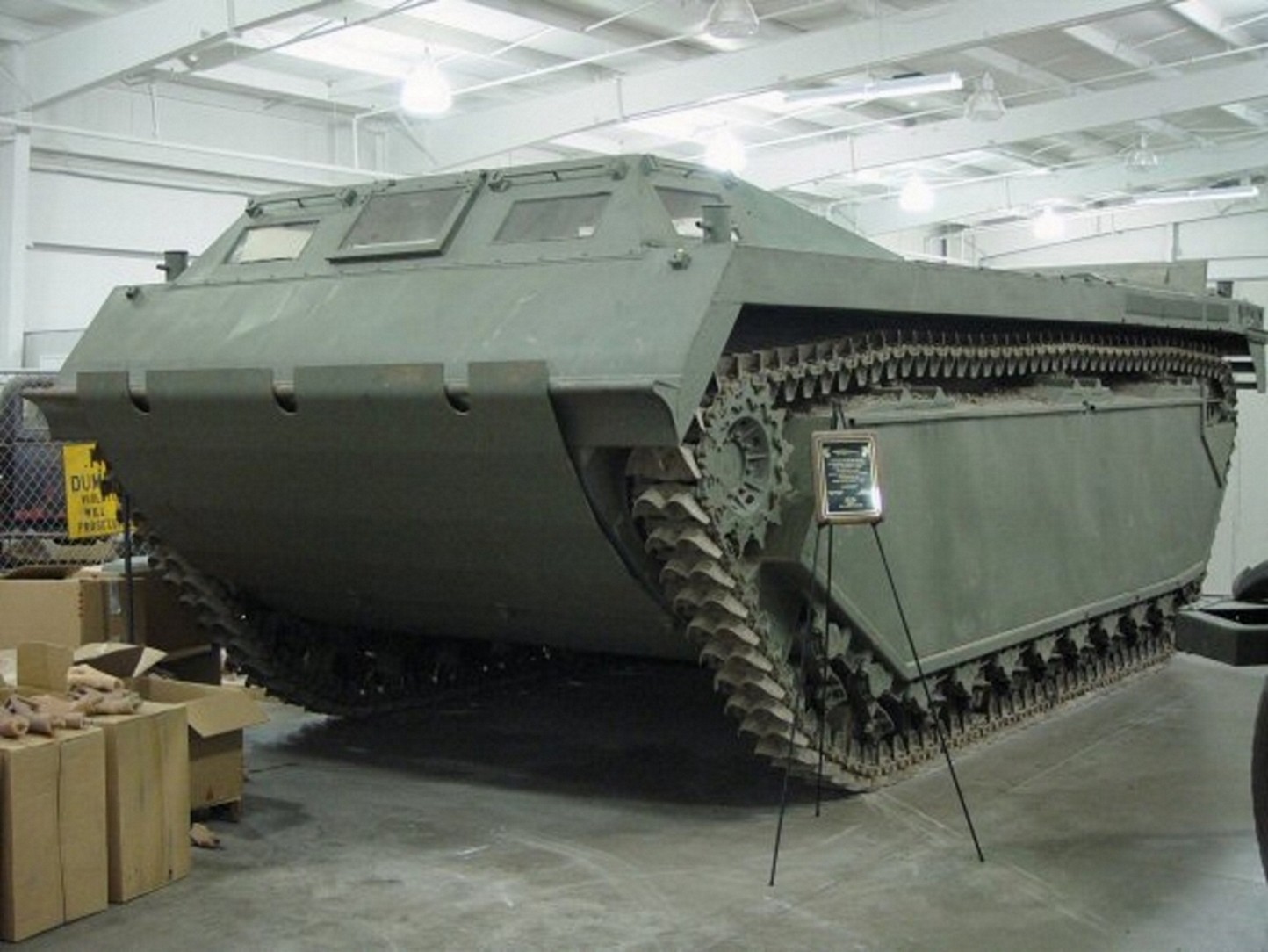
| Landing Vehicle Tracked | |
|---|---|
| 国家 | 美国 |
| 作用 | 两栖车辆 |
| 产生 | 1941年7月和1945年8月 |
| 建立 | 18000+ |
着陆器,跟踪 (吕特) is an amphibious warfare vehicle and amphibious landing craft, introduced by the United States Navy. The United States Marine Corps, United States Army, and Canadian and British armies used several LVT models during World War II. Originally intended solely as cargo carriers for ship to shore operations, they evolved into assault troop and fire support vehicles. The types were known as amphtrack, “Amtrak”, “amtrac”, etc. (portmanteaus of “amphibious tractor”), and “alligator” or “gator”.
源: 维基百科上跟踪的着陆车辆
| LVT-4 水牛四处走动 | |
|---|---|
| 摄影师 | 弗拉基米尔·亚库博夫 |
| 本地化 | 法国索穆尔百叶窗博物馆 |
| 照片 | 68 |
| USMC LVT-3 Walk Around | |
|---|---|
| 摄影师 | Michael Benolkin |
| 本地化 | 未知 |
| 照片 | 15 |
另请参阅:
| LVT-4 Walk Around | |
|---|---|
| 摄影师 | Unknow |
| 本地化 | 未知 |
| 照片 | 20 |
着陆车辆跟踪 (LVT) 是美国及其盟国在二战和朝鲜战争期间使用的一种两栖车辆。LVT 旨在将部队和货物从船上运送到岸上,也可以作为装甲运兵车或坦克在陆地上作战。LVT 基于 Alligator,这是 Donald Roebling 在 1930 年代开发的一款商用车。
这 美国海军 海军陆战队于 1941 年采用了 LVT,并在整个战争期间改进了其设计和性能。LVT 在许多两栖行动中发挥了至关重要的作用,例如入侵瓜达尔卡纳尔岛、塔拉瓦、硫磺岛和冲绳岛。LVT 也被其他国家使用,例如英国、加拿大、澳大利亚和日本。LVT 最终在 1950 年代和 1960 年代被更先进的两栖车辆所取代。
视图: 3558


